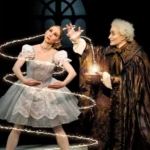The Bolshoi Theatre, located in the bustling heart of Moscow, is more than just a theater; it stands as a monumental symbol of Russia’s rich cultural heritage and artistic brilliance. Serving as one of the largest opera and ballet theaters in the country, its storied history and architectural grandeur make it an essential destination for both locals and tourists. Visitors who step onto this sacred stage are not merely witnessing performances; they are engaging with centuries of artistic evolution that have indelibly shaped the Russian performing arts landscape.
The Architectural Marvel of the Bolshoi Theatre
When one gazes upon the Bolshoi Theatre, it immediately captivates with its neoclassical architecture, characterized by an imposing façade and grand columns that speak to its illustrious past. This architectural marvel has undergone several transformations since its inception in 1776, each renovation reflecting a unique chapter in Russia’s tumultuous yet vibrant history.
Historical Significance of Design
The Bolshoi Theatre was initially designed by architect Joseph Bove, but its journey through time has seen contributions from numerous architects who endeavored to restore its grandeur after devastating fires and conflicts.
The theater’s design is deeply embedded within the context of Russian culture. It served as a place where the nation’s most celebrated performers showcased their talents, solidifying the Bolshoi’s role as a cradle of artistic expression. Each reconstruction has sought to preserve the essence of the original design while accommodating contemporary expectations—an intriguing dance between nostalgia and modernity.
Moreover, the façade adorned with intricate sculptures and reliefs adds layers of meaning, inviting viewers to ponder the stories encapsulated in its walls. Every figure carved into the stone seems to whisper tales of theatrical triumphs and tribulations, captivating the imagination of every visitor who walks through its grand entrance. They become part of a narrative that intertwines personal experiences with collective memory—a vivid tapestry that connects generations through art.
The Interior Experience
Stepping inside the Bolshoi Theatre is akin to entering a different realm, where opulence harmonizes with artistry. The ornate interiors, bedecked with lavish gold leaf and plush red velvet, create an atmosphere steeped in elegance and sophistication.
Visitors can’t help but marvel at the vast chandelier, glittering like stars against the velvety backdrop of the ceiling. Its luminous glow bathes the audience, evoking a sense of anticipation as they eagerly await the unfolding drama on stage.
The seating arrangement encourages intimacy, allowing energy from the performers to resonate with the audience. The careful design ensures that no matter where one sits, the connection to the performance is palpable—a feature that elevates the experience beyond mere observation to active participation in the art form.
Technological Innovations in Preservation
In recent years, technology has married tradition at the Bolshoi Theatre, ensuring that this historical landmark remains relevant. The introduction of advanced sound systems and lighting techniques augments the emotional depth of performances, offering audiences a multi-sensory experience that aligns with contemporary expectations.
However, this confluence of old and new sparks a conversation about the preservation of authenticity in art. As innovations continue to reshape how performances are delivered, questions arise regarding the essence of what makes traditional ballets and operas powerful: Is it the storytelling, the choreography, or the emotional honesty conveyed by the artists?
These discussions echo across the halls of the Bolshoi, reminding us that while technological advancements enhance the experience, they should never overshadow the timeless beauty inherent in classic works. As custodians of artistic legacy, the Bolshoi Theatre stands firm in its commitment to balance innovation with tradition, ensuring that future generations can revel in the same enchantment that captivated their forebears.
A Cultural Beacon of Artistic Excellence
As Russia’s national theatre, the Bolshoi Theatre has been instrumental in the development of opera and ballet, both within its borders and on the global stage. The very name “Bolshoi,” translating to “big” or “grand,” reflects the ambition and scale of its productions, which often leave audiences spellbound.
The Influence of Iconic Productions
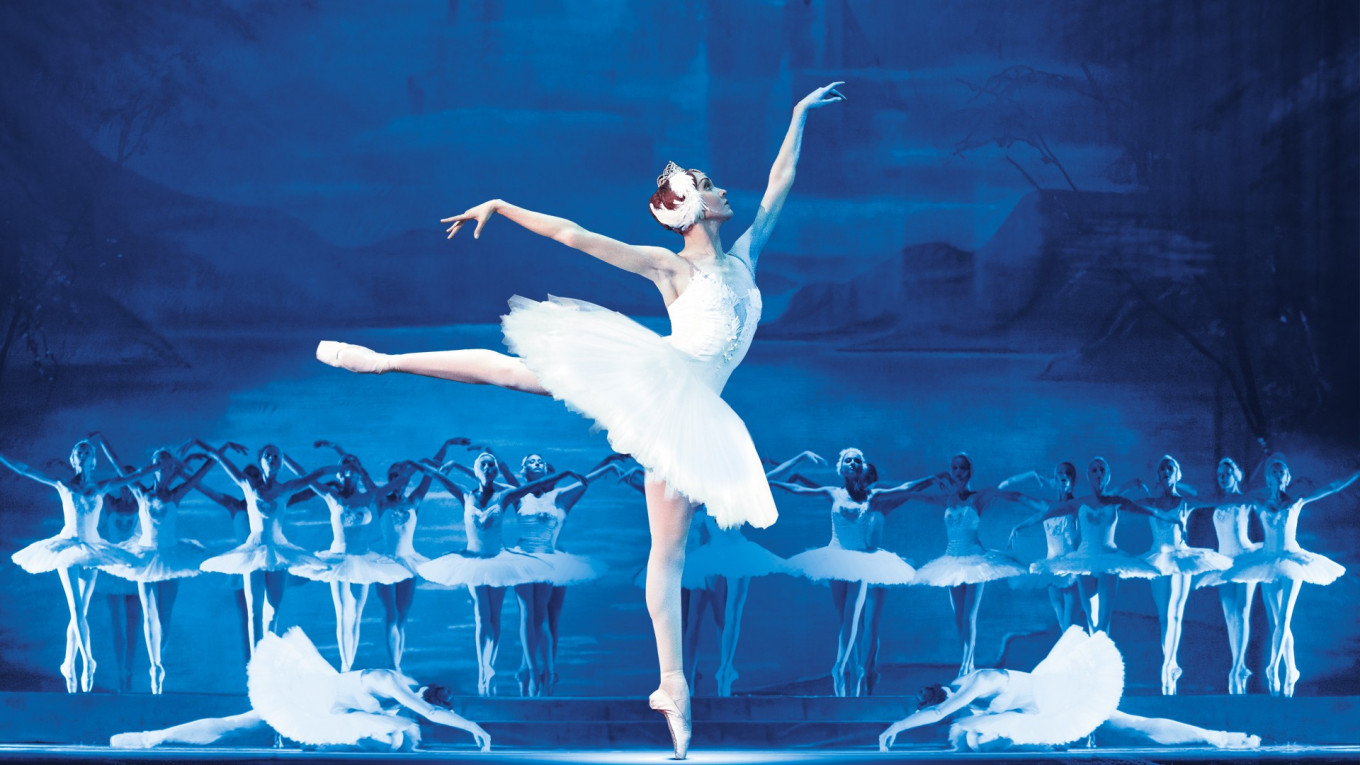
From Tchaikovsky’s Swan Lake and The Nutcracker to Prokofiev’s Romeo and Juliet, the Bolshoi has fostered a repertoire that resonates across generations. Each performance resonates with emotional depth and technical prowess, encapsulating the spirit of Russian art in a way that speaks universally.
Consider the impact of Swan Lake, which weaves a tale of love, betrayal, and redemption. The ballet’s themes transcend time, inviting audiences to reflect on their own experiences of longing and loss. The elegance of the choreography, combined with Tchaikovsky’s sweeping score, creates a powerful synergy that evokes emotions ranging from sorrow to elation.
Furthermore, the Nutcracker, often performed during the holiday season, serves as a rite of passage for families around the world. Its magical narrative offers a glimpse into childhood wonder, making it a cherished tradition that brings people together. These iconic works are not merely performances; they represent cultural touchstones that forge connections among diverse audiences, bridging gaps across age, background, and nationality.
Cultivating New Talent
The Bolshoi Theatre has also played a crucial role in nurturing emerging talent. Its prestigious academy attracts aspiring dancers, singers, and musicians, providing them with the rigorous training necessary to excel in the demanding world of performing arts.
The mentorship offered by seasoned artists at the Bolshoi serves as a beacon of hope for young performers. Under their guidance, students learn to hone their skills while embracing the values of discipline, resilience, and creativity.
Moreover, the Bolshoi regularly hosts competitions and showcases that allow these budding artists to present their work to a wider audience. This initiative not only fosters a sense of community within the artistic sphere but also reinforces the importance of collaboration in the creative process.
Challenges of Cultural Representation
Despite its revered status, the Bolshoi Theatre faces challenges in representing the vastness of Russian culture. While it continues to celebrate classical works, there exists a pressing need to diversify its repertoire to include voices and stories from various backgrounds—particularly those reflective of contemporary Russian society.
This pursuit of inclusivity invites thought-provoking conversations about cultural representation in the arts. How can the Bolshoi Theatre remain a vibrant cultural institution while evolving to encompass the multiplicity of Russian identities?
By commissioning new works and collaborating with contemporary choreographers and playwrights, the Bolshoi Theatre can bridge the gap between tradition and modern expression. The challenge lies in finding a harmonious balance, ensuring that while the past informs the present, it does not dictate the narrative.
The Transformative Experience of Attending a Show
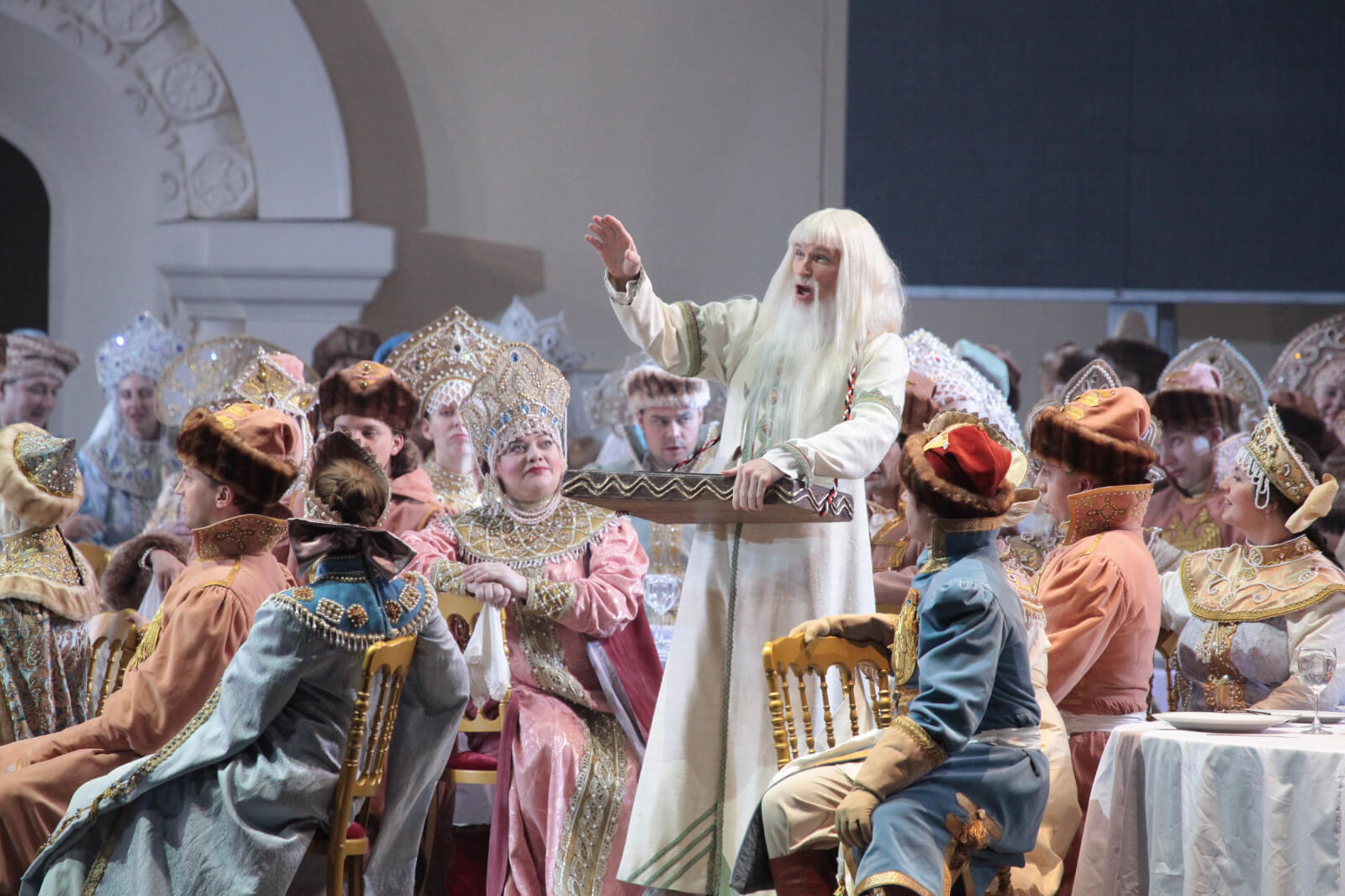
Attending a performance at the Bolshoi Theatre transcends mere entertainment; it invokes a sense of communal participation akin to ancient Greek dramas, where spectators were deeply involved in unfolding narratives.
The Ritual of Theatre-going
Imagine arriving at the Bolshoi, surrounded by elegantly dressed patrons, their laughter mingling with the soft strains of music wafting through the lobby. The ambience is charged with anticipation, a shared understanding of the transformative power of live performance that draws everyone together.
As the lights dim and the orchestra begins to play, the audience collectively holds its breath, suspended in expectancy. This ritualistic aspect of theatre-going cultivates a sense of belonging, reminding attendees that they are part of something greater than themselves.
It evokes a communal atmosphere, where individual experiences coalesce into a shared moment of appreciation for artistry. This sentiment resonates profoundly when one realizes that the emotions depicted on stage mirror universal human experiences—love, loss, joy, and despair—creating a poignant connection between the audience and the performers.
Emotional Resonance in Live Performance
The emotional resonance cultivated in spaces like the Bolshoi Theatre can lead to transformative moments for audience members, as they become participants in a larger dialogue on art and society.
Consider the raw vulnerability displayed by a dancer executing a pas de deux; the grace of their movements tells a story that words alone could never express. Such moments often elicit visceral reactions, urging spectators to confront their own emotions and memories, leaving an indelible mark long after the final curtain falls.
Moreover, the intimacy of live performance fosters a unique connection between performers and the audience. When a singer pours their heart into a poignant aria, the audience can feel the sincerity of each note—it becomes a shared experience of vulnerability that transcends the boundaries of language and culture.
The Role of Critics and Reviews
In the digital age, the role of critics and reviews has evolved, leading to vibrant discussions about the nature of art and its impact on society. With social media platforms allowing for instantaneous feedback, audiences can now engage in dialogues that challenge traditional notions of criticism.
While some view this new wave of commentary as democratizing the art form, others caution against the potential pitfalls of fleeting opinions overshadowing substantive critique. The interplay between professional reviewers and passionate enthusiasts often leads to dynamic exchanges that enrich the cultural conversation surrounding performances at the Bolshoi Theatre.
Ultimately, these discussions underscore the role of art as a catalyst for dialogue, pushing both creators and audiences to re-examine their beliefs and values. In doing so, they reinforce the idea that theatre is not merely a space for passive consumption but an arena for active engagement with pressing societal issues.
Tourism and Economic Impact

Beyond its artistic contributions, the Bolshoi Theatre serves as a vital catalyst for tourism in Moscow. Art enthusiasts and curious travelers flock to this iconic venue, contributing significantly to the local economy and enriching the cultural landscape of the city.
A Global Attraction
The allure of the Bolshoi Theatre extends far beyond Russia’s borders. Visitors from all corners of the globe are drawn to its storied history and the promise of breathtaking performances.
For many, attending a show at the Bolshoi is a bucket-list experience—a chance to witness world-class talent in a setting steeped in historical significance. The integration of guided tours allows tourists to explore the theatre’s fascinating history, deepening their appreciation for its architectural beauty and cultural legacy.
The reverberations of such tourism extend into the broader economy, benefiting restaurants, hotels, and shops in the vicinity. This symbiotic relationship between the Bolshoi and the surrounding community underscores the theatre’s role as an economic engine, generating revenue and fostering a vibrant cultural ecosystem.
The Intersection of Art and Commerce
However, this proliferation of tourism raises questions about the commercialization of art. While ticket sales bolster the economy, the commodification of art risks diluting the essence of the art form itself.
As the Bolshoi Theatre grapples with maintaining its integrity amidst growing commercial pressures, it must navigate a complex landscape where financial sustainability coexists with artistic authenticity. This tension evokes dialogue about the true purpose of art—should it prioritize entertainment value, or should it serve as a medium for profound reflection and discourse?
Such inquiries compel stakeholders to consider how the Bolshoi can engage new audiences while remaining committed to its cultural mission. By curating a diverse array of performances that reflect contemporary themes and foster inclusivity, the theatre can continue to thrive as a bastion of artistic excellence without compromising its core values.
The Future of the Bolshoi Theatre
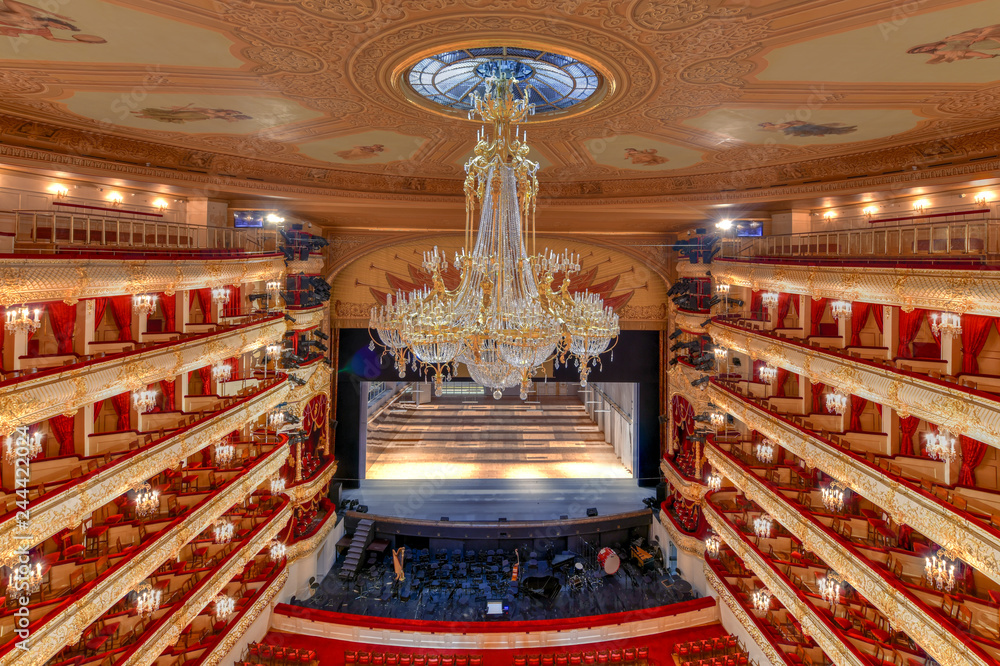
Looking ahead, the Bolshoi Theatre stands at a crossroads of tradition and innovation. As technology continues to evolve, so too does the potential for new forms of expression within its hallowed walls.
Embracing Multimedia Elements
The introduction of multimedia elements into performances presents exciting opportunities to augment the emotional impact of classic works. By incorporating video projections, interactive installations, and augmented reality, the Bolshoi could appeal to younger generations eager for immersive experiences.
This fusion of technology and artistry has the potential to breathe new life into beloved productions, creating an engaging environment that resonates with contemporary audiences. However, this evolution prompts reflection on the delicate balance between enhancing performances and preserving the integrity of traditional storytelling.
While the prospect of innovation excites some, others voice concerns about overshadowing the timeless beauty of classical works. Finding equilibrium between modern sensibilities and age-old traditions will be pivotal for the Bolshoi as it navigates the complexities of a rapidly changing world.
Engaging Diverse Narratives
Future programming at the Bolshoi Theatre can benefit from embracing narratives that reflect the diversity of contemporary Russian society. Collaborating with diverse voices and incorporating modern themes can help bridge intergenerational gaps, fostering a deeper connection to the art form for audiences from all walks of life.
This intentional approach to storytelling acknowledges the multifaceted nature of identity and culture in today’s world. By weaving these perspectives into its repertoire, the Bolshoi opens up avenues for exploration and discussion, enriching the cultural dialogue surrounding performance art.
Expanding Educational Outreach
The Bolshoi Theatre has initiated educational outreach programs aimed at cultivating appreciation for the performing arts among younger generations. Through workshops, demonstrations, and school visits, the Bolshoi seeks to inspire curiosity and creativity in budding artists. This commitment to education embodies a vision for the future—a future wherein the next generation can access the rich traditions of Russian opera and ballet while exploring their own unique expressions.
These initiatives emphasize the importance of building bridges between the theatre and the community, reinforcing the notion that art is not confined to the stage; it flourishes in every interaction, every lesson, and every shared experience. By investing in the cultural literacy of future audiences, the Bolshoi Theatre secures its relevance in an ever-evolving artistic landscape.
Sustaining Relevance Amidst Change
As the Bolshoi Theatre embarks on this journey of exploration, its ability to adapt will determine its relevance in an increasingly competitive landscape.
The question lingers: How will the Bolshoi navigate the tensions between innovation and tradition, and how will it uphold the legacy of artistic excellence while welcoming new forms of expression? The decisions made in these formative years will shape the future trajectory of the theatre, influencing not only its own destiny but also the broader landscape of performing arts in Russia and beyond.
Conclusion
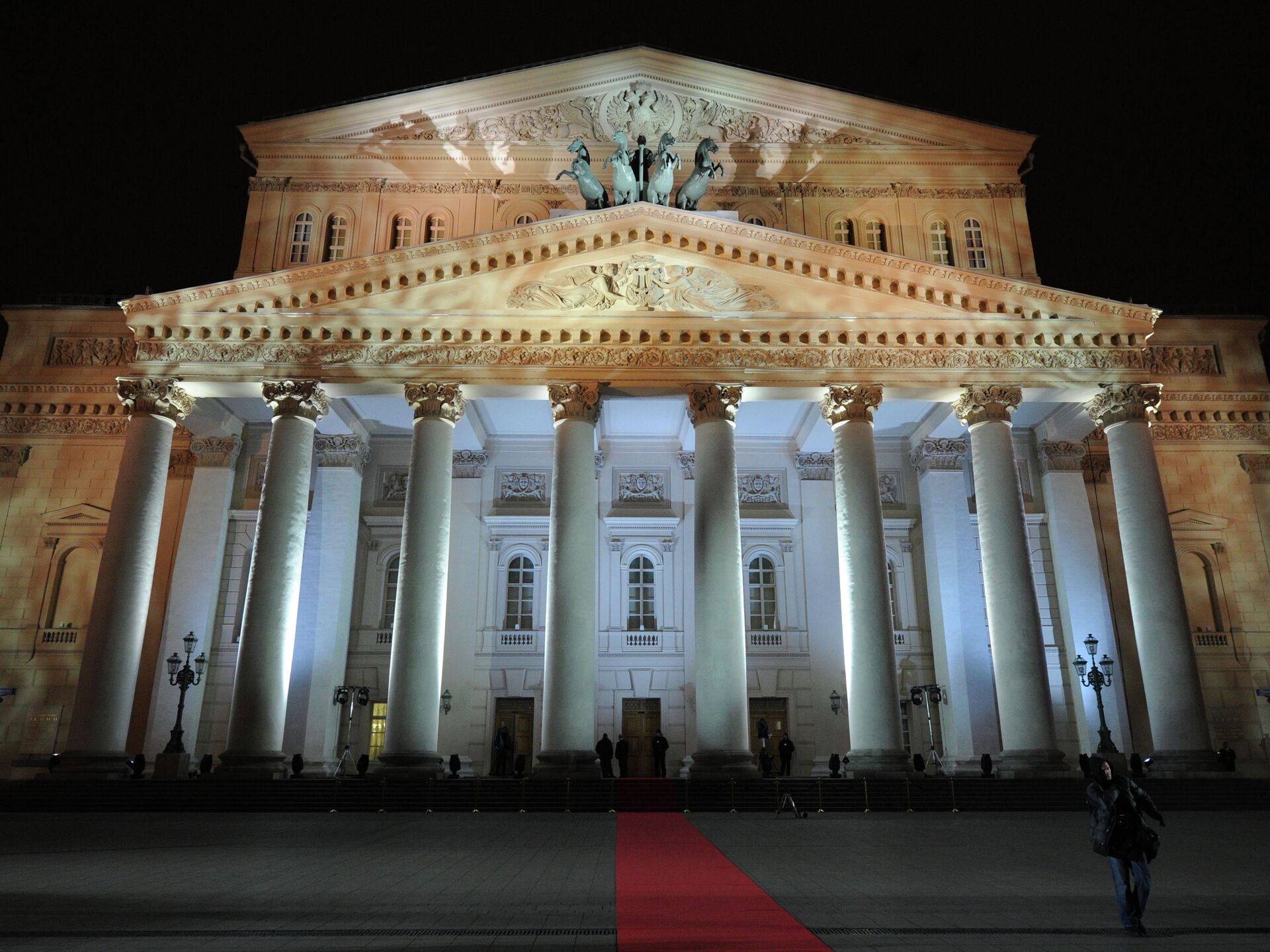
The Bolshoi Theatre stands as a testament to the resilience and adaptability of the performing arts. From its architectural grandeur to its role as a cultural beacon, this iconic institution embodies the richness of Russian heritage and artistic expression.
As it embraces the challenges and possibilities of the future, the Bolshoi Theatre can navigate the delicate balance between honoring its storied past and engaging with contemporary narratives. Ultimately, it remains a vital force in the ongoing dialogue about culture, identity, and the transformative power of art—a legacy that will undoubtedly continue for generations to come.
✉️ Stay Connected — Subscribe for Weekly Updates
Discover timeless stories, practical wisdom, and beautiful culture — delivered straight to your inbox.
*We only share valuable insights — no spam, ever.





